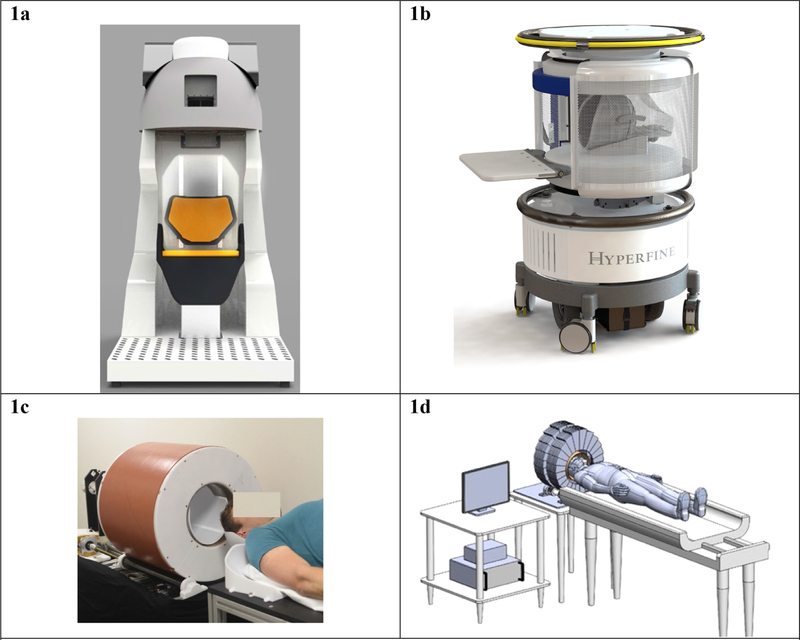Fig. 1. Images of portable MRI scanners in use and in development.
These examples of portable MRI machines are representative, though not exhaustive, of the new MRI technology being developed by teams across the globe. Reproduction of these images here is not meant to be an endorsement of any particular technology, but instead illustrates the types of devices that are being developed. 1a Portable 1.5 Tesla MRI system technology developed by an international research team with support of NIH BRAIN (Imaging Human Brain Function with Minimal Mobility Restrictions, NIH #1U01EB025153–01). Source: Used with permission from Dr. Mailin Lemke and Ben Parksinon, Victoria University of Wellington. 1b Swoop™, the first FDA-cleared portable MRI scanner developed by Hyperfine Research Inc. Source: Reproduced with permission from Hyperfine, https://www.hyperfine.io/. 1c “A prototype portable brain MRI scanner based on the Halbach permanent magnet described in Cooley et al., (2018) and configured for rotational encoding as in Cooley et al., (2015). The magnet weighs ~125 kg and achieves an 80 mT B0 field.” Source: Used with permission from Dr. Lawrence Wald, as published in Wald et al. (2019). 1d Portable, low-field MRI head imager, with a permanent magnet array that generates strong magnetic fields inside the bore, but negligible magnetic fields outside the bore. This device uses an inward-outward ring array that supplies field in the axial direction (Ren et al., 2019a, 2019b). Source: Used with permission from Dr. Huang Shaoying, SUTD Singapore University of Technology and Design.

